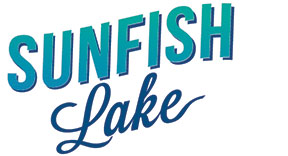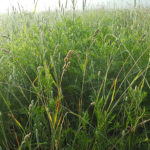While we are still able to run our water safety monitoring program, unfortunately due to COVID-19 and the universities being closed we are not able to work with the students, researchers, and UW Ecology Lab do undertake much of the research and studies we have had underway for the past few years to better understand our lake ecosystem, our watershed, and where our sources of concerning contaminants are coming from.
There are still a couple of individual researchers and students completing their thesis and doctoral degrees who will be out occasionally for measurements or sampling however, there won’t be the detailed research that was providing us with so much information, data, and insights into our lake.\
We still have numerous outstanding issues and questions to answer in the years ahead including learning more about our potentially toxic planktrothrix blob living in the mid-layers of the lake, understanding where our contamination/nutrient sources are originating, ways that we can reduce the risk of a toxic cyanobacteria outbreak, and even the simple question of why does the lake go from such clarity in May to cloudy pea-soup green in July – it isn’t algae as once thought, it isn’t fungi, it isn’t pollen, it isn’t diatoms, or anything that we have been able to figure out to date. We have been able to eliminate what it isn’t but not yet what it causes that lake to go green for several weeks though it does seem to be a natural, good process.



